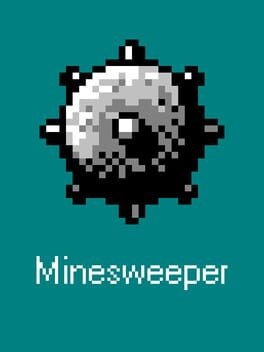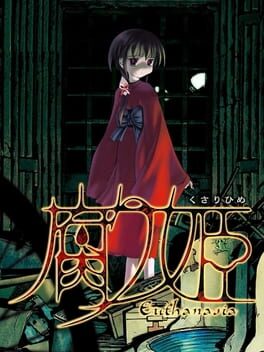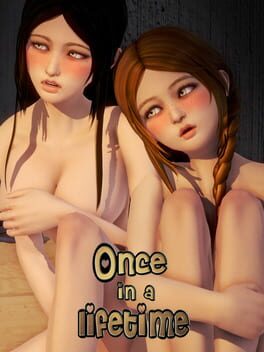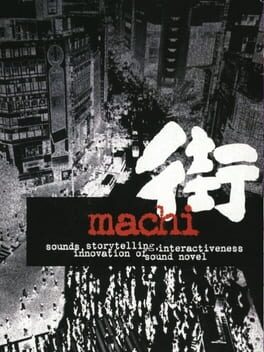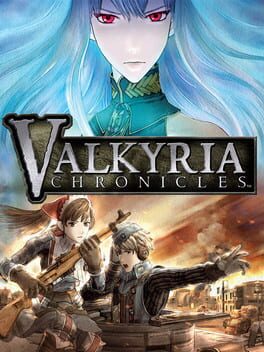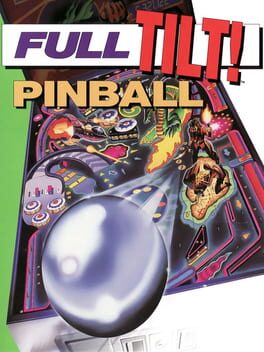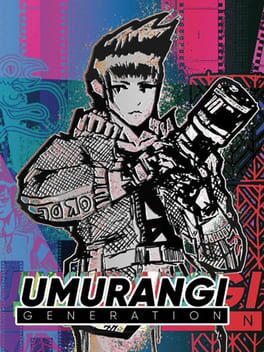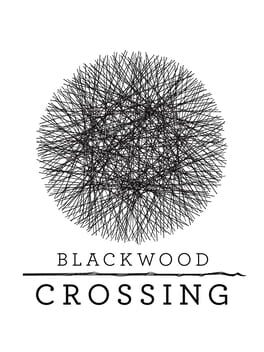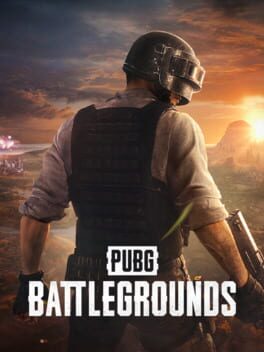mintcake
An astounding accomplishment of game development. Games with the same amount of content or level of polish are not unheard of, but to achieve such a standard in both is truly incredible, especially given the hardware it is running on.
One standout improvement over Breath of the Wild is the main story campaign. Given the open structure, a less evolved story was forgiven, but with the addition of several dungeons and key scripted events, Tears of the Kingdom tells a concise yet elaborated story with emotion payoff.
Exploration is the most important part of the new Zelda formula, and the sky islands open up a whole new dimension of exploration. The seamless transition between sky and ground is both a technical marvel and an ingenious game design. The abyss, on the other hand, suffers from monotone presentation and overall lack of variety, and is the weakest part of the game. In terms of interactivity, the new abilities are mostly upgrade over the old ones with the addition of crafting. While crafting system does open up a new venue of creativity, the interface is cumbersome, and the end products are more novelty rather than something that offers significant gameplay advantage (in terms of the time and resource needed to craft them, and their usability), in other words, they are great for TikTok content creators, but not so much for someone just trying to play the game.
There is one design contradiction in the game. TotK brands itself as a direct sequel, and as such, it gets away with the huge amount of reused assets and lack of new assets (music, map, enemy variety, etc). From the narrative standpoint, however, the game has almost no ties to BotW. Most NPCs don't recognize Link, and his actions in BotW seem to have zero impact in the world of Totk. It is, at the same time, too familiar yet too distant, with very few surprises.
One standout improvement over Breath of the Wild is the main story campaign. Given the open structure, a less evolved story was forgiven, but with the addition of several dungeons and key scripted events, Tears of the Kingdom tells a concise yet elaborated story with emotion payoff.
Exploration is the most important part of the new Zelda formula, and the sky islands open up a whole new dimension of exploration. The seamless transition between sky and ground is both a technical marvel and an ingenious game design. The abyss, on the other hand, suffers from monotone presentation and overall lack of variety, and is the weakest part of the game. In terms of interactivity, the new abilities are mostly upgrade over the old ones with the addition of crafting. While crafting system does open up a new venue of creativity, the interface is cumbersome, and the end products are more novelty rather than something that offers significant gameplay advantage (in terms of the time and resource needed to craft them, and their usability), in other words, they are great for TikTok content creators, but not so much for someone just trying to play the game.
There is one design contradiction in the game. TotK brands itself as a direct sequel, and as such, it gets away with the huge amount of reused assets and lack of new assets (music, map, enemy variety, etc). From the narrative standpoint, however, the game has almost no ties to BotW. Most NPCs don't recognize Link, and his actions in BotW seem to have zero impact in the world of Totk. It is, at the same time, too familiar yet too distant, with very few surprises.
2013
Obviously borrowed a lot of design from the Uncharted series, but this reboot gave something in return: the limited open area and RPG system added a new layer of exploration and survival element to the formula, which was later seen in The Lost Legacy and TLOU2. The emphasis is on "limited". It didn't try to be an open world collecthon with a thousand icons on the map, nor did it go full RPG with its crafting and leveling up. Such self-restraint is often missing in games from newer generation including its own sequels. It also didn't abandon its old trick of linear action sequence, something we see less and less due to criticism of not being "gamey" enough. As is shown here, the right amount of highly scripted sequences spice things up without making the players feel like they are on auto-pilot, especially when they are paired with other parts of the game that allow player freedom.
Erotic and terrifying in equal measure, Kusarihime induces a rush of blood in both directions. Raw emotions of lust, hate, regret and euphoria are distilled to their purest in this game, then subdued by an overwhelming nostalgia in the end. The story is rough around the edges, but as you peal away the time loop and step into the deepest desire of the heroines, you will be absorbed into it by the atmosphere and mystery. Too bad the little sister trope is front and center in this game as well, but in 2002, it was not as obnoxious as it is today.
2021
I'd always like to think I'm somewhat familiar with eroge, but only recently did I discover the world of western Ren'Py VN. In my defense, the few times I encoutered one of these games, it looked like nothing more than "big dick go brrr". This game certainly is that, but the narrative is far more evolved than I expected. There's a plot that is genuinely interesting and characters whose charm extends beyond physical attributes. There are jokes that actually made me laugh, and scenes that are surprisingly moving. I'd say the porn to story ratio is still on the high end, but it has always been a fine line to walk for an eroge creator, especially for one who was making their maiden work and did not realize the full potential of their own storytelling ability.
2013
Compared to 428, this game does not have an overarching thread that ties all the characters together. They cross path with each other, which is the base for the game's jump system, but ultimately each one reaches their own ending. While some might find this narrative structure not engaging enough, it does allow the game to explore a wider range of topics and styles. One second it's The Comedy of Errors, the next it turns into Kafka. It intrigues and bewilders, amuses and depresses, surprises and scares. It's unabashedly random and loose, and remains unique and fun for the same reason. It's 90s era Tokyo in videogame form.
All Xenoblade Chronicles 2 needed to reach true greatness was to strip off some bad designs such as the gecha system and questionable character design. Building on 1 and 2's legacy, Monolith Soft was a few steps away from perfection, and they did take those steps. Character designs are some of the best in modern JRPGs, boosted by colorful personalities and excellent voice acting. Previous redundant systems are scaled back or expunged. Even the writing gets some brushing up, especially in side quests. Yet, Xenoblade Chronickes 3 feels like a regression overall. The real time combat system tries to accommodate six playable characters and one helping NPC at the same time, which trivializes player input: after all, five sixth of the combat activities are under AI control. Map design, the pride of the series, gives way to vast flat landscape. The writing, while more than serviceable for a typical JRPG story, cannot carry the weight of the lofty theme that the game is trying to convey, and crumbles into belabored preaching. XB3 is self-indulgent to the point that when it runs out of meaningful things to say, instead of ending, it repeats everything it has said again.
2008
It's rare that a game with innovative gameplay system comes out with engaging story, expensive presentation and banger soundtrack. Valkyria Chronicles hits the mark right off the bat. While the game has some balance issues, the genius of the core gameplay establish a solid foundation. Turn-based tactics games never felt so refreshing and engaging with real-time free roaming, yet the thrill of adjusting formation for emergent situation and the satisfaction of seeing carefully devised plans work out remain intact.
1995
2020
I couldn't play the game for more than thirty minutes due to severe headache it induced. Near the end of the game, I finally realized I was supposed to repeatedly smash the jump button to jump higher. As you can imagine, my experience with the game was quite miserable. But there's something evocative about preserving the last generation of human on film. I've seen people say how angry this game is, but that's not the impression I got. Sure the graffiti paints a picture of confusion and desperation. But that's not what we are filming. Ours is the last stage of grief. Under the bleeding sky, people seem to be taking the looming doom quite well, either due to numbness or dignity, or maybe the facts that our friends are with us.
2017
Loss of loved ones is the theme of half of these walking simulator adventure games, though I suppose siblings are rarer than some other relatives. The story is about dealing with bereavement and guilt, and moving forward, as you'd expect from this type of games. It was unfortunately released in the same month as What Remains of Edith Finch, the anthology of deceased love ones, and easily outshone in presentation. It does win the prize of the slowest moving speed in a first-person game ever. Combined with head bobbing that cannot be turned off, this game can easily knock you onto your bed if you underestimate it.
2017
The real chicken dinner is the friends we made along the way. I can distinctively remember the moment I won for the first time with a few acquaintances, that was the moment they became my friends. You know you hit something special when juggernaut franchises such as Call of Duty and Battlefield try to copy your formula.
2022
Ingeniously conceived and beautifully laid out, the story condenses centuries of history into a murder mystery in a secluded rural town in the Alps. It's a well-researched history lecture, but is also relevant to our current society, calling on us to embrace our history, even the parts that we prefer to avert our eyes from. The art is gorgeous and features some of the most lovable kids in videogames. It is an unbelievably slow burn though. You need to push through the first two hours to get to the murder itself. A fast travel option or a VN interface would save a lot of time of backtracking. I'm just grateful that Microsoft, out of all companies, allowed this game to exist.

